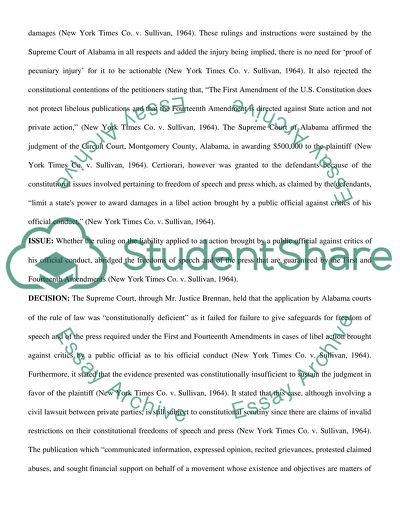Cite this document
(A Distinction between a Private Individual and a Public Official Literature review, n.d.)
A Distinction between a Private Individual and a Public Official Literature review. Retrieved from https://studentshare.org/law/1545967-report-about-communication-law-case-comparison
A Distinction between a Private Individual and a Public Official Literature review. Retrieved from https://studentshare.org/law/1545967-report-about-communication-law-case-comparison
(A Distinction Between a Private Individual and a Public Official Literature Review)
A Distinction Between a Private Individual and a Public Official Literature Review. https://studentshare.org/law/1545967-report-about-communication-law-case-comparison.
A Distinction Between a Private Individual and a Public Official Literature Review. https://studentshare.org/law/1545967-report-about-communication-law-case-comparison.
“A Distinction Between a Private Individual and a Public Official Literature Review”, n.d. https://studentshare.org/law/1545967-report-about-communication-law-case-comparison.


